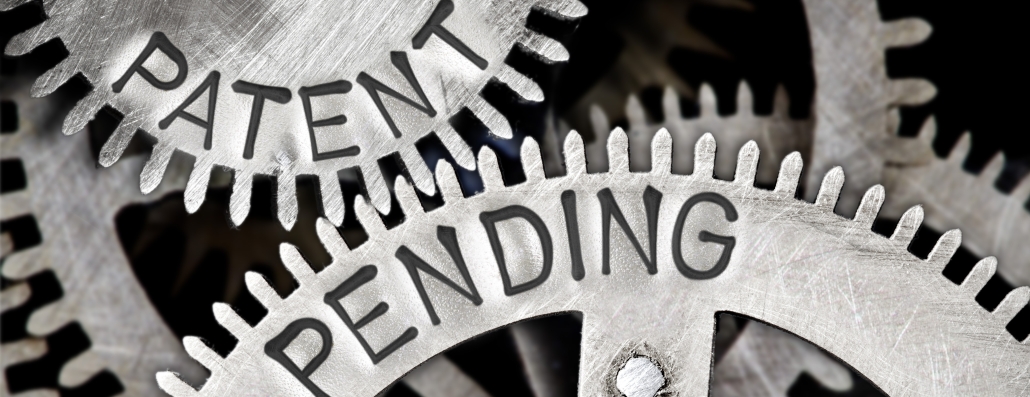[vc_row][vc_column][vc_column_text]In 1995, the United States began implementing a provisional patent application process. Provisional patents establish an early filing date, protecting inventions with a “patent pending” designation for up to one year. Provisional patents are completely optional and do not replace nonprovisional patent applications, but instead serve to supplement them. There are many differences between these two types of patents.
Content
Formal patent applications usually include artist renderings, detailed descriptions, claims, and examples to explain the invention, which have to comply with a specific format. Provisional patents do not have any special restrictions on the format used to provide descriptions of the invention and also do not have to include product claims. Provisional patents are also much easier to prepare and can be submitted quickly. As an example, a client of our law firm was anxious because he had to make a report on his new technology to a customer on the following day, but was afraid that they might copy his technology after submitting the report. We recommended he apply for a provisional patent. We modified his report file and submitted an application to the Patent Office on the same day, protecting his work.
Cost
Provisional patents cost on average much less than a typical patent. Patent agents and attorneys would typically require 30 to 40 hours to prepare a patent application, but only 8 to 10 hours to complete a provisional patent application. If a client provides proper documentation, the provisional patent application can be completed even faster, further reducing attorney fees. Filing costs are also reduced. Filing a formal patent application requires a fee of $785 while the provisional patent is only $140. It’s important to remember, however, that provisional patents are an added cost.
Confidentiality
Unless specifically requested, patent applications are published 18 months after the filing date of the application. Provisional patents are not published by the USPTO.
As previously mentioned, provisional patents are valid for up to one year. Applicants will need to convert their patent from provisional to nonprovisional during this period of time. The effective filing date for the official patent application will be the filing date of the provisional patent. Any new developments on the product will still have the earlier filing date. Many inventors and enterprises have strategically used this benefit to their advantage.
A more practical benefit of provisional patents is an implied one-year test period. After filing a provisional patent application, if an inventor determines that the developed product is unfeasible, has no prospects, or has no market value, he or she can simply abandon the formal patent application and allow the provisional patent to expire. While not the best case scenario, the inventor will not have to pay the fees associated with a nonprovisional patent.
The Law Offices of Scott Warmuth’s intellectual property department can help individuals, partners, and corporations protect their inventive products under patent law. For a free intellectual property consultation, call our firm today at 888-517-9888![/vc_column_text][/vc_column][/vc_row]

